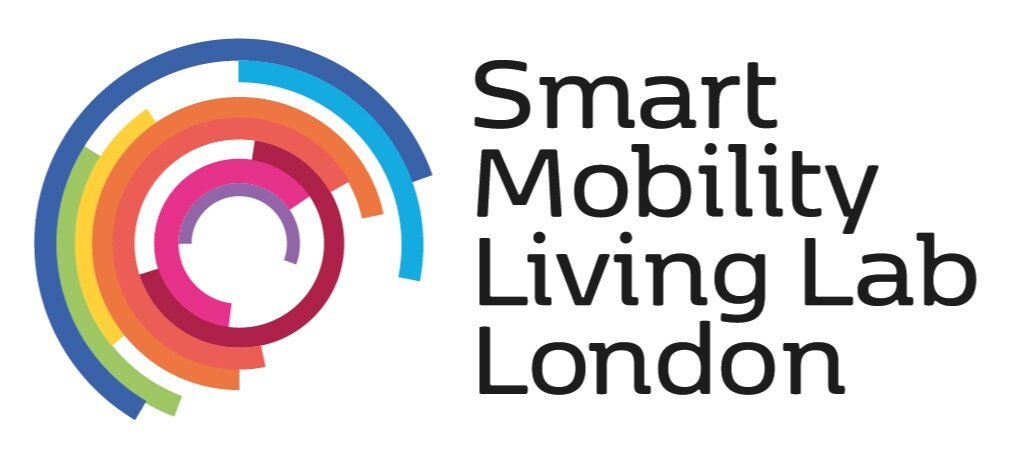Getting smarter about active travel: why vulnerable road users have the most to gain from connected and intelligent transport systems (and are already doing so)
The roads of the future have been revealed. They will be connected, permitting all vehicles using them to talk to each other and to the roads themselves, in real time, to ensure seamless flow, no collisions, and a perfect user experience. But what about the other part of ‘the future of transport’? The bit that depends not on digitisation or automation or electric powertrains, but instead on the use of plain old muscle power? The bit that has arguably a greater role to play in the decarbonisation of transport, and certainly has a greater role to play in the physical wellbeing of travellers.
In the connected future utopia, it is the pedestrians, cyclists, scooter riders and those engaged in other active and semi-active modes that have the most to gain. Let’s consider:
Nearly everyone has a smartphone, so nearly everyone is easily ‘connected’
The tech companies that tend to drive innovation in these spaces are moving in on delivering true Mobility as a Service (MaaS) options which provide data-led (rather than vehicle- or infrastructure-led) choice
Research into connected and intelligent transport systems in real world testbeds and in academic literature is settling on the idea that connected systems offer greater potential safety for vulnerable road users
Conversely, not every vehicle on the road has the necessary connectivity to take advantage of the ‘mobility as a service’ revolution, and neither, for that matter, does every lamppost. In short, it is the active travellers that have all the technology benefits to ‘dive straight in’.
What, then, can they expect? In the case of pedestrians, connected transport is, of course already here. For example TfL have offered live bus information to smartphone for some time. In the future there is the opportunity for a compelling business model around 'walking as a service'. In this model the activity of walking is a free entry point into ‘mobility as a service’ in its own right, and also potentially a revenue-generating activity in which businesses at ‘waypoints’ on walking journeys can effectively pay for access to passing trade, thus generating business for intermediaries like Google, and businesses benefitting from said passing trade.
Cyclists can benefit in similar ways assuming they can safely access useable navigation solutions through their smartphone on the move; like pedestrians they can ‘stop and look’ along their journey. With safety in mind (distracted cycling is a thing) a properly weather-proofed secure mount for a smartphone might become one of the must-have packaged items with bikes of the future.
In short, connected transport is already here. The trick will be in making sure that the other benefits of connected and intelligent transport systems like 'robot taxis' don’t interfere with the freedom of movement of connected transport’s early adopters, as they walk, run, cycle and scoot in the real future of transport.
By Dr Shaun Helman, Chief Scientist at TRL
